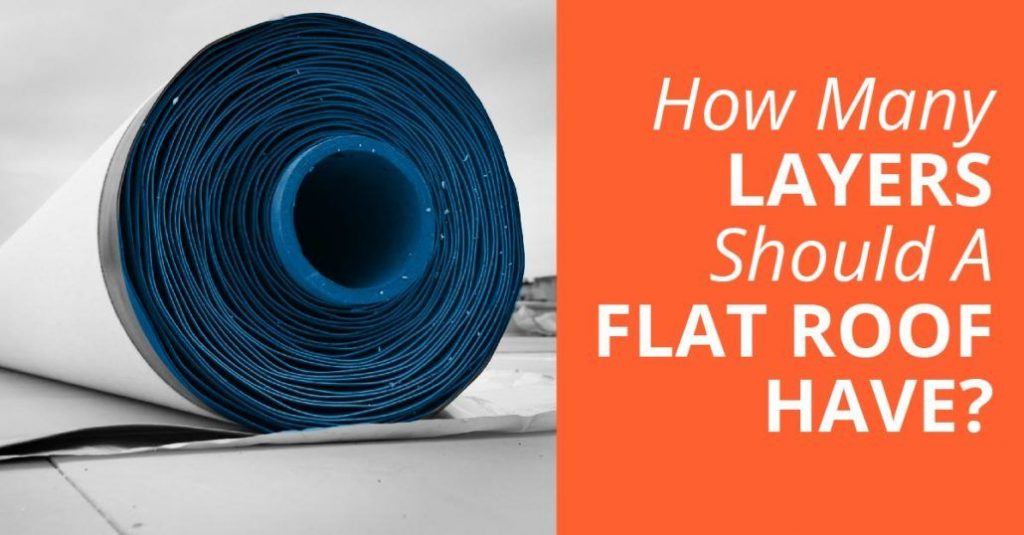
Most residential roofs are steep-slope roofs. That means they have a noticeable pitch or angle. By contrast, most commercial roofs are low-slope, or “flat.” That flat roof over your head is more complex than you might imagine. First, it isn’t truly flat. Second, it could have a surprising number of layers.
Learn About Low-Slope
Every roof has to drain water off it to prevent water leaks. Even a so-called “flat” roof is really low-slope, meaning it has an angle between 0.25″ per foot and 3″ per foot.
Preventing water infiltration in that gentle slope is a neat trick, traditionally accomplished with tried-and-true methods:
- Modified Bitumen
- Cap Sheet
- Roll Roofing (aka mineral surface roll or MSR)
More modern methods can simplify installation and add years of useful roof life. Single-ply membranes are a great option for low-slope roofs:
- TPO — Thermoplastic olefin
- PVC — Polyvinyl Chloride
Layers Upon Layers
Your low-slope roof does not need to have any prescribed number of layers to be effective or within California building codes. A single-ply membrane is, literally, a single layer of tough, resilient scrim over the insulation and roof deck.
The older, time-honored methods are in a class called torch down roofing:
- Modified Bitumen (Mod-Bit) can be up to six layers, depending on your needs: deck, insulation, plies, membranes, adhesives, and surfacing
- Cap Sheet roofing is either two or three layers applied over your low-slope roof’s insulation and deck
- Roll roofing, which answers for big jobs and small, is usually a single layer over insulation; roll roofing does not wear as well as TPO or PVC but is more economical.
Reroof or Replacement?
Roofing professionals can often re-roof a low-slope roof by adding a new roof on top of the existing roof. Your particular building may fall under local building codes which do not allow this, but in areas where reroofing is acceptable, it is a great way to save time and money. Layers add weight, remember, but they also add water resistance.
Consult your local roofer about your particular situation. Your best answer may be a full replacement: the existing roof is removed down to insulation and deck, then replaced with a modern, efficient material like TPO or PVC.
For reliable, friendly, and honest residential roofing services in Los Angeles, contact us at Roof Repair Specialist! We service Burbank, Pasadena, Long Beach, and surrounding cities in LA County.



